
Explore the Majestic Cordillera Blanca
Discover the breathtaking Cordillera Blanca, a UNESCO World Heritage site with stunning peaks, glacial lakes, and rich biodiversity in Peru.
Cordillera Blanca, a breathtaking mountain range in Peru, boasts stunning peaks, glacial lakes, and rich biodiversity, making it a paradise for trekkers and nature enthusiasts. With its towering summits and vibrant landscapes, this UNESCO World Heritage site invites tourists to immerse themselves in its natural beauty and engage with the local culture.
A brief summary to Cordillera Blanca
- PE
Local tips
- Visit during the dry season (May to September) for the best trekking conditions.
- Acclimatize properly to avoid altitude sickness before embarking on high-altitude treks.
- Carry sufficient water and snacks, as amenities can be sparse in remote areas.
- Consider hiring a local guide to enhance your experience and ensure safety on the trails.
- Don't forget your camera; the stunning landscapes are perfect for capturing unforgettable memories.
Getting There
-
Car
If you are traveling by car, head towards Huaraz, which serves as the main gateway to the Cordillera Blanca. From Huaraz, take the unpaved road leading to the Llanganuco Lakes. Follow the signs for Parque Nacional Huascarán, as Cordillera Blanca is part of this national park. The drive from Huaraz to the lakes takes approximately 1.5 to 2 hours. Be cautious of the road conditions as they can vary. Parking is available near the lakes, but a small fee may be required.
-
Public Transport
To reach Cordillera Blanca via public transportation, start by taking a bus from Huaraz to the Llanganuco Lakes. Buses leave regularly from the Huaraz bus terminal. The journey takes about 2 hours and costs around 10-15 soles (approximately $3-4 USD). Buses will drop you off at the entrance of Parque Nacional Huascarán. From there, you may need to hike or arrange for a local taxi to take you deeper into the Cordillera Blanca for better access to specific trails and viewpoints.
-
Taxi or Local Transport
Once at the entrance of Parque Nacional Huascarán, you can hire a local taxi or take a shared minivan to get closer to your desired trekking location within Cordillera Blanca. This can cost about 30-50 soles (approximately $8-14 USD) depending on the distance and destination within the park. Make sure to confirm the price before starting your journey.
-
Hiking
For those looking to explore deeper into the Cordillera Blanca, hiking is a common and rewarding way to experience the area. There are several trails accessible from the Llanganuco Lakes, such as the hike to Laguna 69. Make sure to prepare adequately for high altitude hiking, including bringing sufficient water, snacks, and proper gear. Remember that the trails can be challenging, and it’s advisable to hike with a group or a guide.
Discover more about Cordillera Blanca
Iconic landmarks you can’t miss
Huandoy
18.3 km
Discover the breathtaking beauty of Huandoy, a majestic peak in the Andes, perfect for adventure seekers and nature lovers alike.
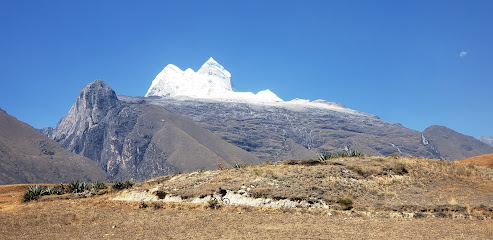
Museo de Arqueología de Chacas
23.5 km
Explore the rich history of Peru at the Museo de Arqueología de Chacas, showcasing ancient artifacts and cultural treasures in a captivating setting.
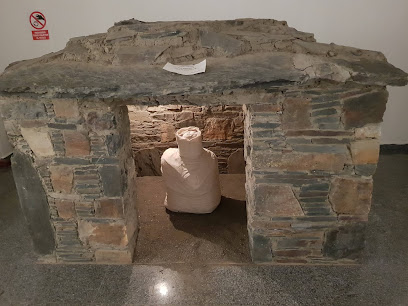
Sitio Arqueológico TUMSHUKAYKO
29.7 km
Discover the ancient archaeological marvel of Tumshukayko in Caraz, Peru, where history and nature intertwine in breathtaking landscapes.
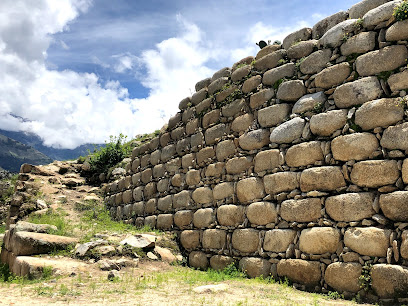
Moto Rent Huascarán
29.8 km
Experience the breathtaking beauty of Northern Peru with Moto Rent Huascarán, your go-to motorcycle rental agency in Caraz for unforgettable adventures.
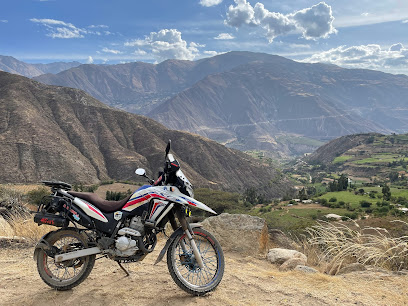
Alpamayo
33.3 km
Discover the breathtaking beauty of Alpamayo, one of the world's most stunning mountain peaks, nestled in the majestic Andes of Peru.
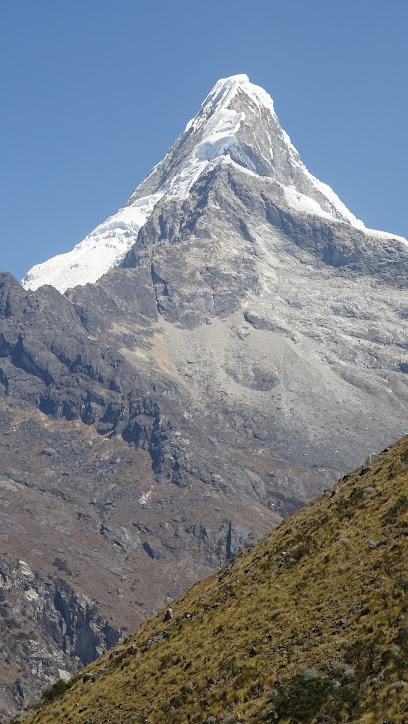
Nevado Alpamayo
33.6 km
Discover the breathtaking beauty of Nevado Alpamayo, a stunning glacier in the heart of the Peruvian Andes, perfect for adventure seekers and nature lovers.
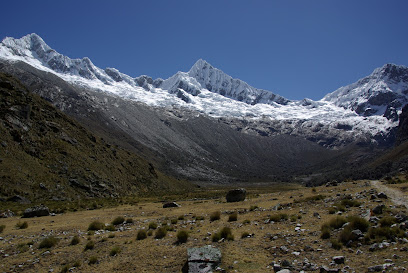
Plaza de Caserio San Martin
34.3 km
Experience the tranquil beauty of Plaza de Caserio San Martin, a serene park in Peru perfect for relaxation and community engagement.

Templo de Wilcahuain
35.6 km
Explore Templo de Wilcahuain, a captivating archaeological site in Peru, rich in history and stunning landscapes, perfect for every traveler.
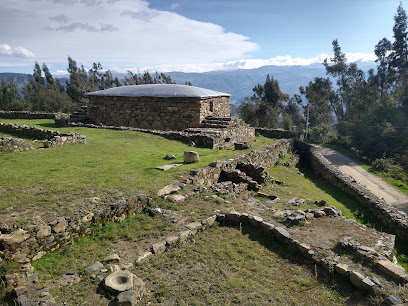
Pacha Andean Walkers
37.5 km
Experience breathtaking views and serene landscapes at Pacha Andean Walkers, the premier observation deck in Huaraz, Peru.
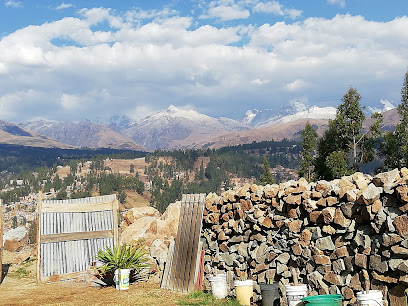
The Lazy Dog Inn
37.9 km
Discover the serene beauty of Huaraz at The Lazy Dog Inn, your perfect lodge for comfort and adventure in the Andes.
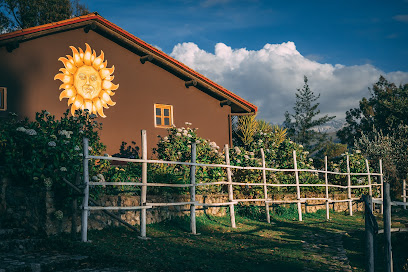
Huayhuash Treks
38.1 km
Explore the breathtaking Huayhuash mountain range with expert guides and tailored itineraries for an unforgettable trekking experience in the Peruvian Andes.

Arco de Huacrajirca
38.3 km
Explore the Arco de Huacrajirca in Huaraz, a captivating historical archway surrounded by stunning landscapes and rich cultural heritage.

Amazing Huayhuash
38.5 km
Explore Amazing Huayhuash, Peru's stunning mountain range, with expert-guided tours that unveil breathtaking landscapes and rich cultural experiences.

San Martín
38.6 km
Discover the breathtaking beauty of San Martín in Yauya, a premier hiking destination offering stunning landscapes and rich biodiversity.

Montaña de las promesas | Benyukin & Yeye
38.8 km
Explore Montaña de las Promesas in Huaraz, Peru: A breathtaking blend of nature, culture, and adventure in the Andes.
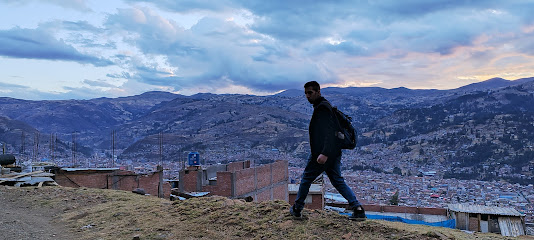
Unmissable attractions to see
Huascaran Park
0.4 km
Explore Huascarán Park: A UNESCO World Heritage site with stunning peaks, rich biodiversity, and thrilling adventures in the Peruvian Andes.
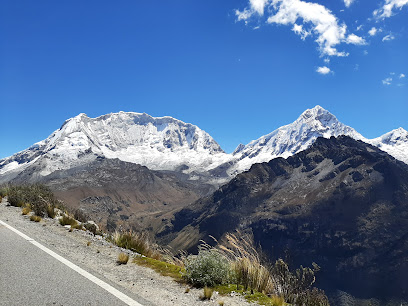
Lake Auquiscocha
3.6 km
Experience the breathtaking beauty and tranquility of Lake Auquiscocha, a hidden gem in Peru perfect for nature lovers and adventure seekers.
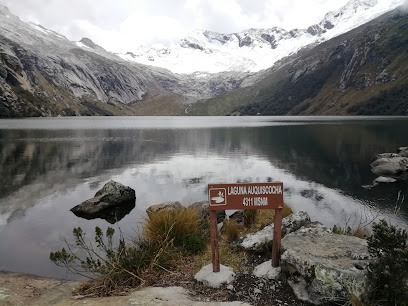
Matu
4.4 km
Explore Matu in Catay, Peru – a captivating tourist attraction rich in natural beauty and cultural experiences awaiting your discovery.
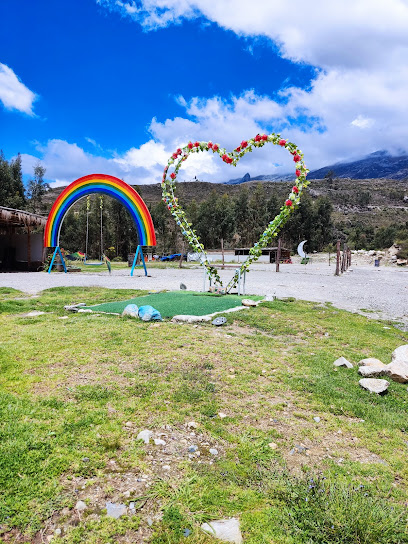
Huascaran
6.0 km
Explore Huascarán, Peru's highest peak, where adventure meets breathtaking beauty in the heart of the Andes.
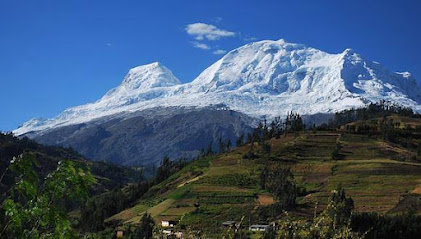
Caserío ushno
6.3 km
Discover the authentic Peruvian experience at Caserío Ushno, a charming tourist attraction offering cultural insights and breathtaking landscapes.

Túnel Punta Olímpica
8.5 km
Discover Túnel Punta Olímpica in Peru: An engineering marvel amidst breathtaking landscapes and rich cultural heritage.

Cabaña de laguna Cancaragá
9.1 km
Immerse yourself in nature at Cabaña de Laguna Cancaragá, a stunning tourist attraction in Peru that offers breathtaking views and unforgettable experiences.

Ojo de pez
9.5 km
Explore Ojo de Pez, Musho—a breathtaking natural attraction in Peru, perfect for nature lovers and cultural explorers seeking tranquility and beauty.

Quillicaq
10.1 km
Discover the enchanting Quillicaq in Carhuaz, Peru, where breathtaking landscapes and rich culture await every traveler seeking an authentic experience.
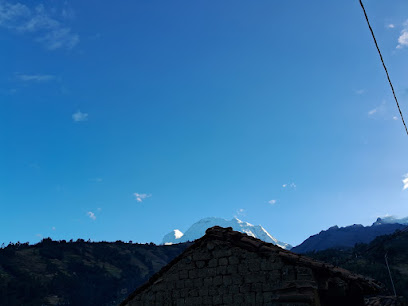
Mirador Tres Huancas
11.0 km
Discover the stunning views and serene atmosphere of Mirador Tres Huancas, a must-visit tourist attraction in Huayapon, Peru.

Laguna yanarraju
11.4 km
Experience the serene beauty of Laguna Yanarraju, Peru's hidden gem, where nature and tranquility converge for an unforgettable escape.
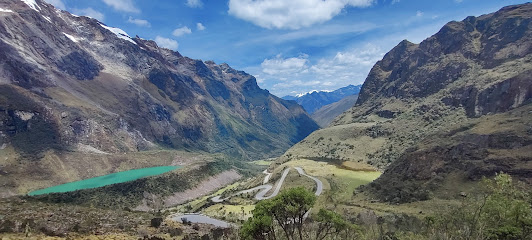
Carasbamba- Carhuaz
11.7 km
Experience the enchanting landscapes and rich culture of Carasbamba in Carhuaz, a hidden gem in the Peruvian Andes.
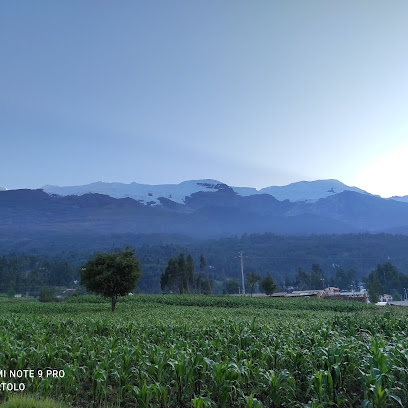
Puquio Yauri Garcia
12.6 km
Explore the stunning landscapes and rich culture at Puquio Yauri Garcia in Musho, Peru - a hidden gem for every traveler.

Armapampa
12.9 km
Explore the breathtaking landscapes and serene beauty of Armapampa in Yungay, a must-visit tourist attraction in the heart of the Peruvian highlands.
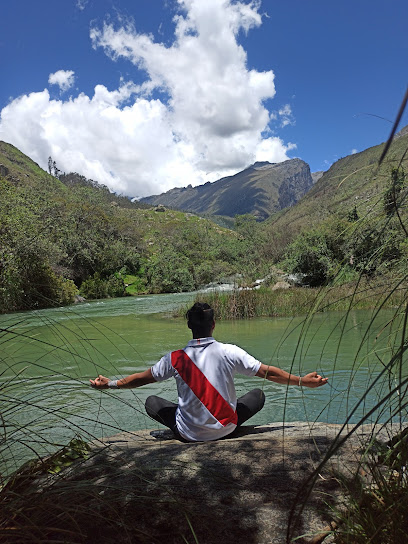
Lagunas de Llanganuco
12.9 km
Explore the breathtaking beauty of Lagunas de Llanganuco, a stunning natural wonder in the heart of the Peruvian Andes, perfect for adventure and relaxation.
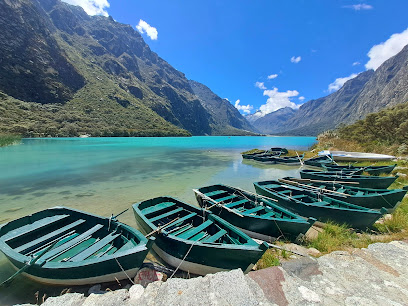
Essential places to dine
Restaurante
12.8 km
Experience the heartwarming flavors of soul food at Restaurante in Llanganuco's Edge, where every dish is a celebration of culture.
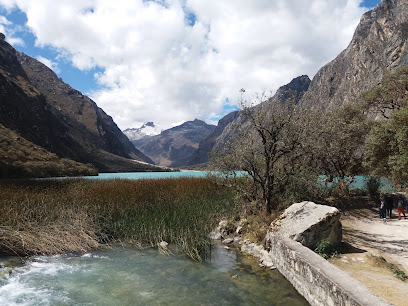
PAKTA Restaurante
18.2 km
Discover authentic Peruvian flavors at PAKTA Restaurante in Yungay – where tradition meets modern culinary artistry.
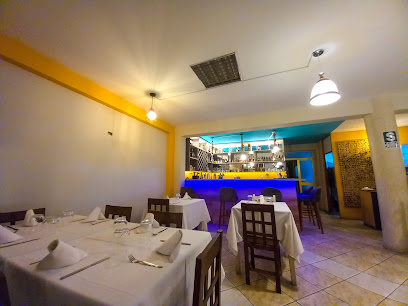
Las Lomas - Recreo Club Campestre
18.7 km
Experience exquisite Peruvian cuisine at Las Lomas - Recreo Club Campestre amidst stunning landscapes in Yungay.
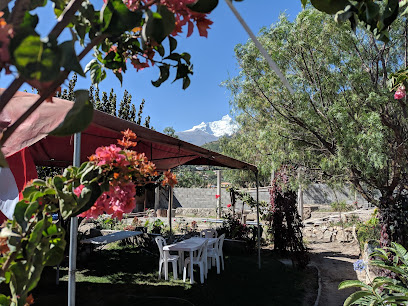
Dos Bross - Snack Bar
18.7 km
Discover the culinary delights of Peru at Dos Bross - Snack Bar in Yungay, where vibrant flavors meet warm hospitality.
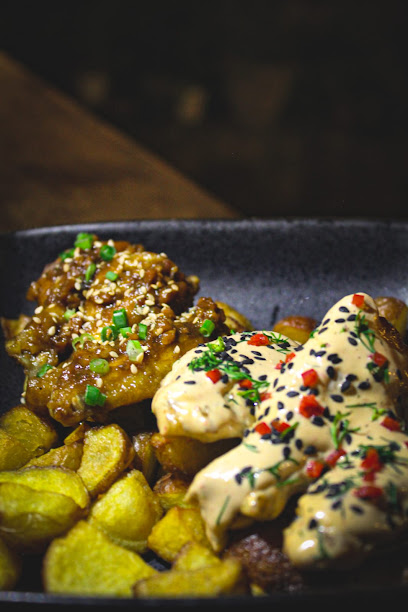
ALPAMAYO CASA HOTEL - RESTAURANTE
18.9 km
Discover authentic Peruvian cuisine at Alpamayo Casa Hotel - Restaurante in Yungay, where comfort meets breathtaking mountain views.
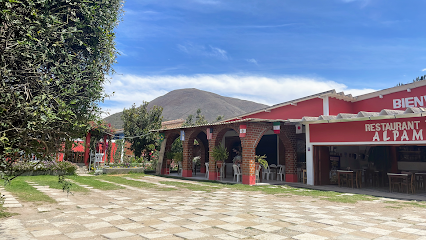
Casa Hotel Alpamayo
18.9 km
Experience comfort and culinary delights at Casa Hotel Alpamayo in Yungay, your gateway to Peru's breathtaking landscapes.

Callejón restaurante Huaraz
19.4 km
Experience authentic Peruvian cuisine at Callejón Restaurante in Anta, Huaraz – where every dish tells a story.
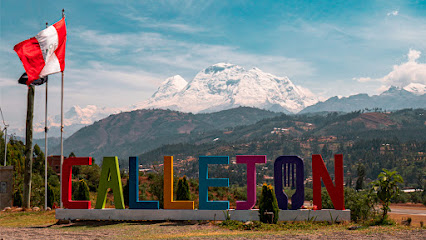
Andes Lodge Peru
20.4 km
Experience comfort and adventure at Andes Lodge Peru - your perfect escape in the majestic Andes mountains.
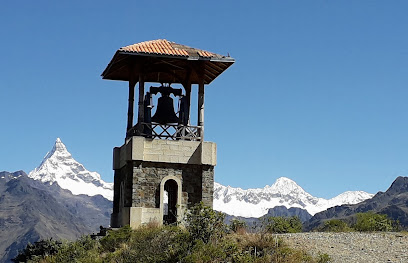
Bosque Del Prado
24.5 km
Discover Bosque Del Prado: A culinary haven in Provincia de Huaylas serving authentic Peruvian dishes amidst stunning Andean landscapes.
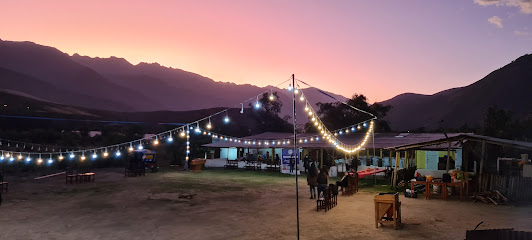
Don Cuy
37.0 km
Experience the rich flavors of Peru at Don Cuy in Huaraz – where culinary tradition meets modern dining.

Ala qué rico
37.4 km
Experience the vibrant flavors of Huaraz at Ala qué rico - where traditional grill meets modern gastropub in an unforgettable dining atmosphere.

Tinkuy restaurante
38.8 km
Experience authentic Peruvian cuisine at Tinkuy Restaurante in Independencia - a must-visit dining destination for every tourist.

EL AJI SECO - HUARAZ
38.8 km
Discover authentic Peruvian cuisine at El Aji Seco in Huaraz – where every dish tells a story.

Restaurante El Bosque.
39.0 km
Discover authentic Peruvian flavors at Restaurante El Bosque in Huaraz, where every dish tells a story of tradition and taste.

Restaurant Chifa Polleria Guilla
39.1 km
Discover authentic Peruvian flavors at Restaurant Chifa Polleria Guilla in Huaraz – a culinary gem blending tradition with unique tastes.

Markets, malls and hidden boutiques
Carhuaz
14.1 km
Experience the stunning landscapes and rich culture of Carhuaz, a charming Peruvian town nestled in the heart of the Andes mountains.
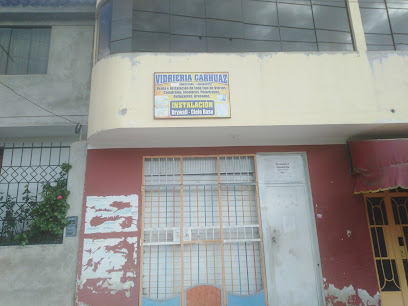
Hecho con Amor
14.2 km
Hecho con Amor: Your destination for unique gifts and authentic Peruvian crafts in Carhuaz.

Multiservicios Cuizano
14.3 km
Explore Multiservicios Cuizano for unique Peruvian gifts and souvenirs that embody the rich culture and artistry of Carhuaz.
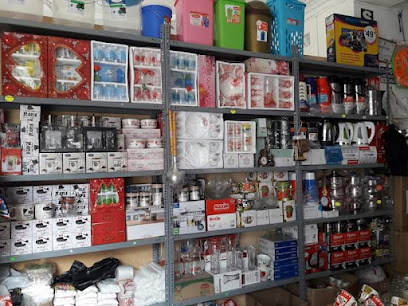
ARTESANIA MONTAÑEZ
14.3 km
Discover the artistry of Peru at Artesania Montañez, where local craftsmanship meets cultural heritage in every handmade creation.
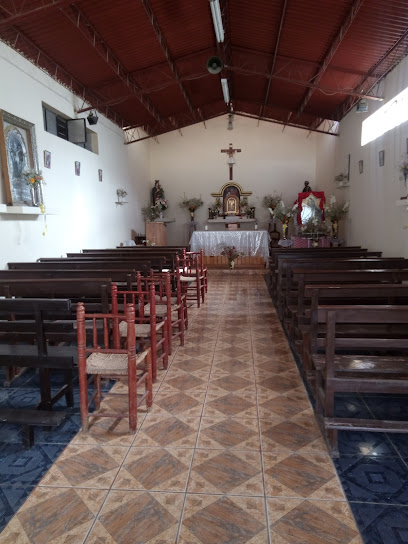
Mil Detalles Inti
14.3 km
Discover unique Peruvian crafts and home goods at Mil Detalles Inti in Carhuaz for a truly authentic shopping experience.
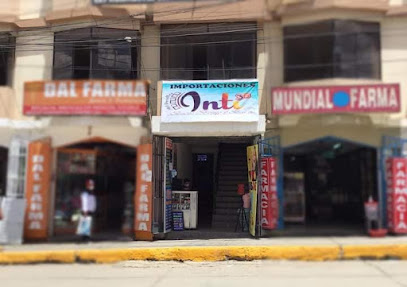
Las Rosas de Canela
14.3 km
Discover the beauty of floral artistry at Las Rosas de Canela, a premier florist in Carhuaz, Ancash, Peru, offering stunning arrangements for every occasion.

REGALIA
14.3 km
Explore Regalia Gift Shop in Carhuaz for unique Peruvian souvenirs and handcrafted treasures, capturing the essence of local culture and artistry.
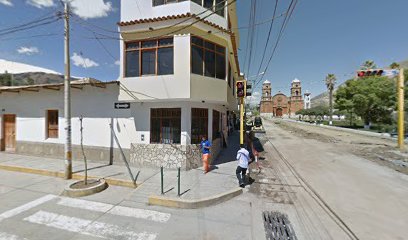
RENTAL SHOP
14.3 km
Discover outdoor adventures in Carhuaz with top-quality rentals and expert advice at the Rental Shop.

ISAHUI PERÚ
14.3 km
Discover the beauty of Peru at ISAHUI PERÚ, where local and international beauty products meet exceptional service in Carhuaz.

Market Plaza Carhuaz
14.3 km
Explore the vibrant Market Plaza Carhuaz, where local flavors, crafts, and culture come together in a bustling marketplace in Peru.
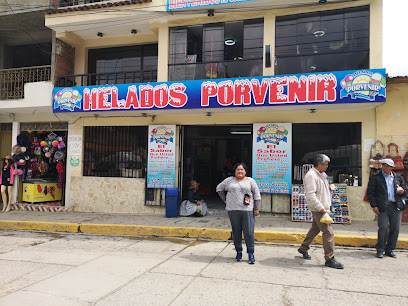
M&A fashion store - carhuaz
14.4 km
Explore vibrant youth fashion at M&A Fashion Store, the ultimate shopping destination in Carhuaz for trendy clothing and local style.
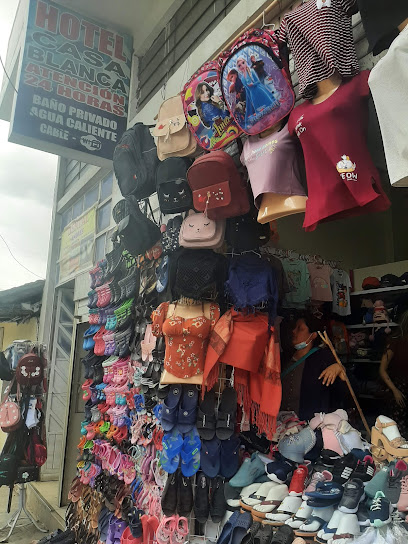
Venta de Zapatillas Online
14.4 km
Discover stylish footwear at Venta de Zapatillas Online in Carhuaz, where quality meets local charm for all your travel needs.

Mercadito De Carhuaz
14.4 km
Explore the rich flavors of Peru at Mercadito De Carhuaz, a grocery store showcasing local produce and artisanal products in Carhuaz.
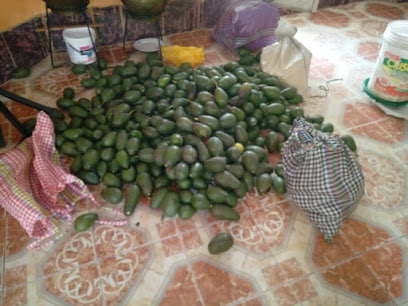
Comercial MariaLuisa
14.5 km
Explore the vibrant styles of Comercial MariaLuisa in Carhuaz, where tradition meets modern fashion for an unforgettable shopping experience.

REGALOS Y DETALLES EL CHINITO
14.5 km
Discover the heart of Carhuaz at Regalos y Detalles El Chinito, your go-to gift shop for authentic local crafts and memorable souvenirs.
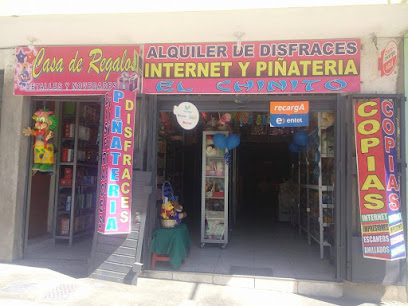
Essential bars & hidden hideouts
YUNGAY
10.2 km
Explore the breathtaking beauty and rich history of Yungay, a hidden gem in Peru's stunning Cordillera Blanca.

Resto bar Lishita
13.3 km
Experience the vibrant nightlife at Resto Bar Lishita, a lively bar in Urb San Antonio de Padua offering delightful drinks and a welcoming atmosphere.

AWQUIS - LA COCHERA
14.3 km
Experience the vibrant nightlife at AWQUIS - LA COCHERA in Carhuaz, a bar offering delightful local drinks and a warm atmosphere.
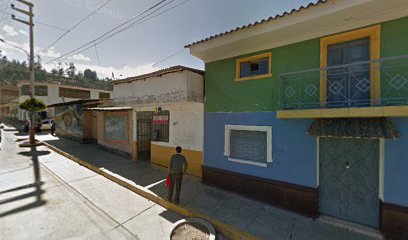
LA SHATUS BAR
14.3 km
Discover the vibrant atmosphere of LA SHATUS BAR in Carhuaz, where local flavors and friendly service await every visitor.
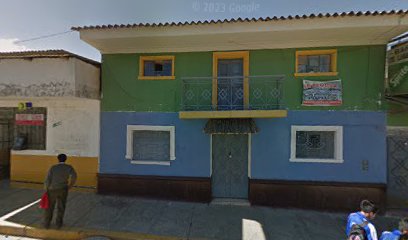
CHAC BAR (CHACPIBAR)
14.3 km
Experience the vibrant atmosphere of Chac Bar in Carhuaz, where local culture meets delicious drinks in a lively setting.
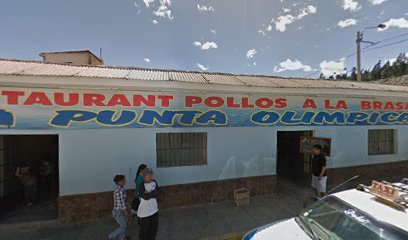
Bar Chochos Y Piqueos
14.3 km
Discover the vibrant atmosphere and local flavors at Bar Chochos Y Piqueos in Carhuaz, a perfect spot to unwind amidst stunning Andean landscapes.
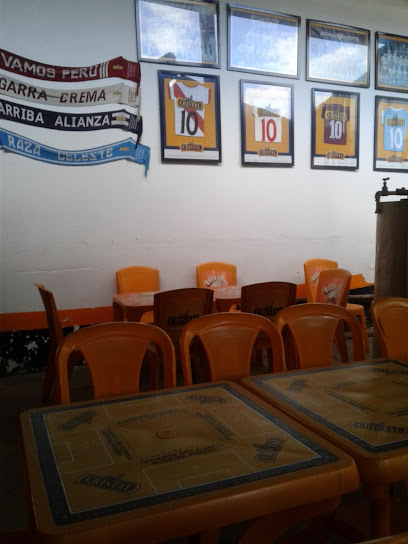
RESTO BAR La Esquina
14.6 km
Experience the best of Peruvian and international flavors at RESTO BAR La Esquina, a cozy gastropub in Carhuaz.
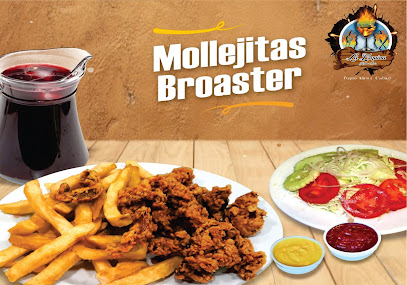
Craft Beer House
14.6 km
Explore the Craft Beer House in Carhuaz for a delightful selection of local brews and a vibrant atmosphere perfect for relaxation and fun.
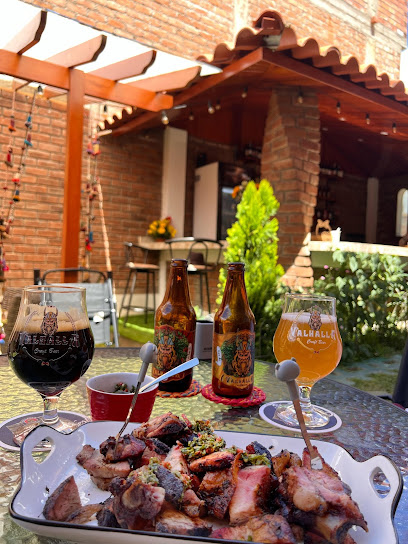
Cordillera Blanca Lodge
15.3 km
Discover the beauty and adventure of the Andes at Cordillera Blanca Lodge, your mountain retreat in Huaraz, Peru.
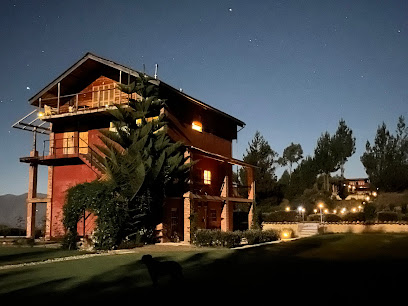
El Bunker vip - resto bar yungay
18.4 km
Discover the vibrant atmosphere of El Bunker VIP in Yungay, where great drinks, delicious snacks, and friendly service create unforgettable memories.
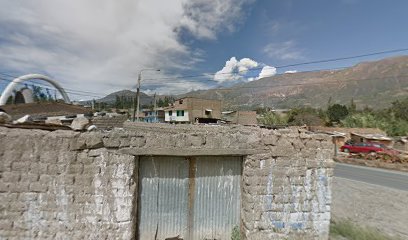
RAYAN
18.8 km
Experience the vibrant nightlife at RAYAN, a premier bar in Peru offering unique cocktails and a lively atmosphere that celebrates local culture.

Cuesta Serena Boutique Hotel
21.7 km
Discover tranquility and luxury at Cuesta Serena Boutique Hotel, a serene retreat in the stunning landscapes of Huaraz, Peru.

Místico karaoke restobar
28.4 km
Experience the vibrant karaoke scene at Místico Restobar, where music, fun, and great company come together in Caraz, Peru.
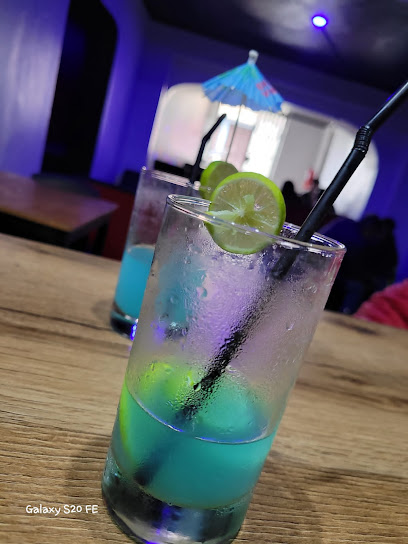
Pukayaku Lodge
29.2 km
Discover a tranquil escape at Pukayaku Lodge, surrounded by the stunning beauty of Caraz, Peru; your gateway to Andes adventure.
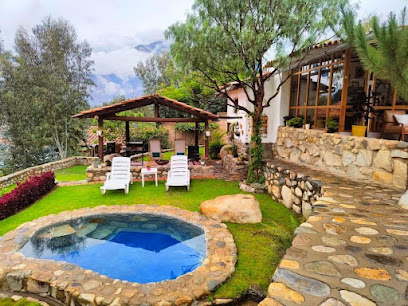
Hotel El Patio de Monterrey
33.7 km
Immerse yourself in Peruvian culture at Hotel El Patio de Monterrey, your perfect retreat for comfort and exploration.




